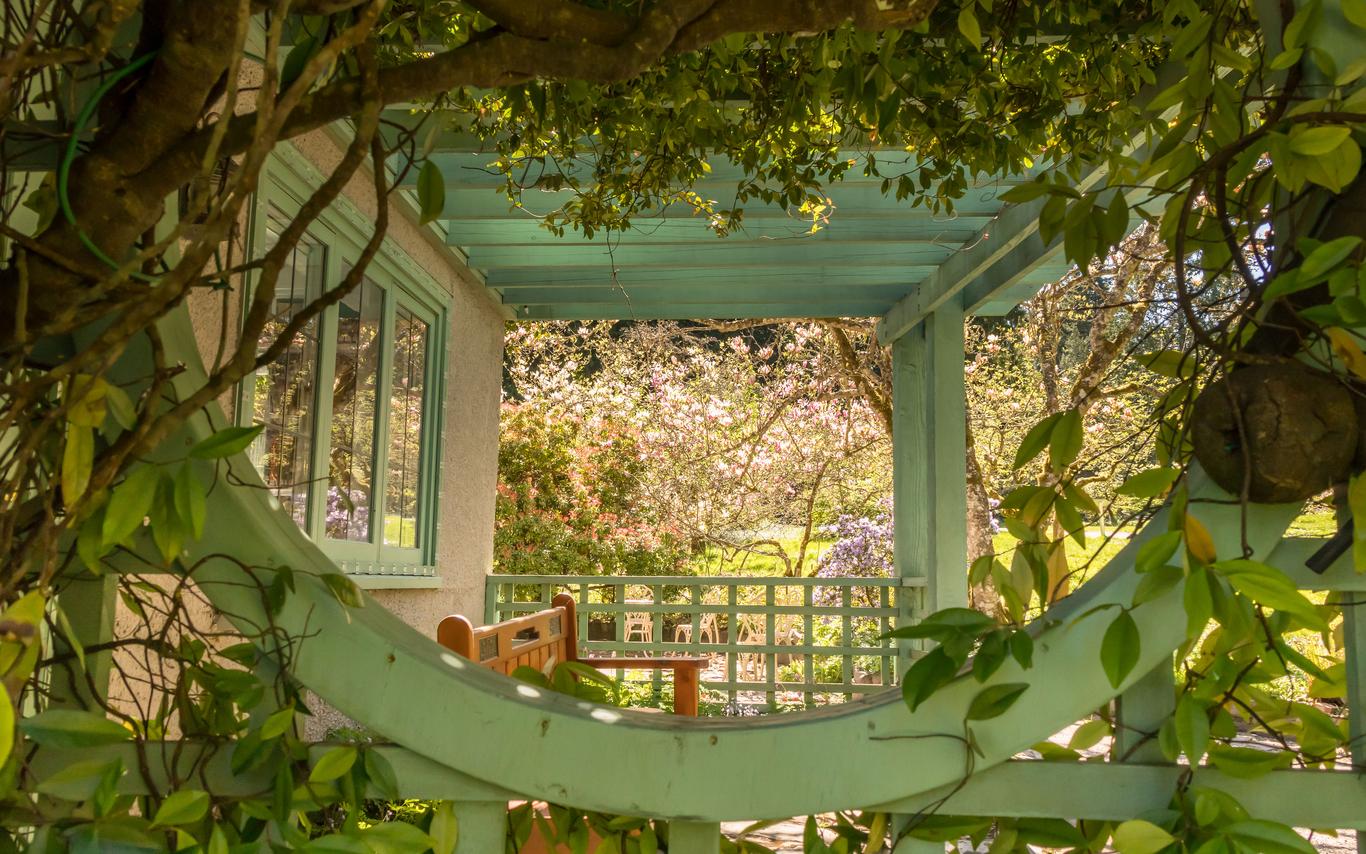Resources for a DIY Virtual Field Trip
“That is one good thing about the world – there are always sure to be more springs.”
– L.M. Montgomery, Anne of Avonlea
Plants and animals don’t use clocks or calendars to tell time. Instead, they pay attention to things like how long the sun is up for and how warm it is out. When days start getting longer and the soil and air start getting warmer, plants and animals know spring is on its way. We can tell spring is coming by looking for signs of nature ‘waking up’.
Why do we care when spring is starting? There are lots of reasons. For many of us, signs of spring help us feel hopeful after a long dark winter. Scientists observe and record when signs of spring appear to keep track of changes in our climate. Gardeners look for signs of spring to know when to start work in their gardens.
Teachers/Parents: The activities here require an adult to help facilitate them. They are intended to be completed in order as each builds on concepts in the previous activity.
Warm Up Activity
Ask your students what season it is right now. How do they know? Then ask whether they think spring is coming soon. Explain that a sign of spring is something you can see, hear, or smell in nature that tells you spring might be coming soon. Make a list of signs of spring you have seen at home or at school lately.
Signs of Spring Video
Join Pam as she hunts for signs of spring at Milner Gardens & Woodland in this video. Have you seen any of the same signs of spring as Pam saw in the video?
Springo!
Head out into the school grounds or on a walk through the neighbourhood to look for signs of spring together. Keep a list of what you find. This can be done collaboratively, independently, or in partners. Students can draw or write what they find, or you can have them report back to you and keep the list yourself.
When you return to the classroom, show the
Adaptation: You may also photocopy the Springo Card and have students use it on the walk to search for signs of spring, either independently or in partners. Be aware that if you have a particularly competitive class the desire to get a bingo may overshadow the learning outcomes of this activity if you do it this way.
Planting Peas
Watch Pam’s video about making newspaper pots and planting peas.
Next, using the materials delivered to you, make your own newspaper pots and plant peas in them. You can use the Planting Peas video as a guide, pausing between steps as you go.
Remind your class that to ‘wake up’ in the spring time, plants need to be warm and they need sunlight. They also need water! Once you’ve planted your peas, keep them in a sunny spot in your classroom where they will stay warm. Water them regularly. If the newspaper on the outside of the pots is dry, they need more water. If water drips out of the pots when you lift them up, there is TOO MUCH water on them.
Extension: Have students keep a journal of their pea’s growth, including measuring the pea shoot as it grows.
Circle Journals
After you have completed all the activities, review what you’ve learned with your class. Then, each student should use a
Movement or Rest Breaks
Our usual outdoor field trip allows children to move their bodies a lot, in many different ways, and also allow for a lot of breaks and free exploration time. Here’s a kid-friendly Signs of Spring music playlist to use in your classroom if kids need a break during these activities.
BC Curriculum Supported by these Activities
Big Ideas
K: Daily and seasonal change affects all living things. Plants and animals have observable features.
1: Living things have features and behaviours that help them survive in their environment. Observable patterns and cycles occur in the local sky and landscape.
2: Living things have lifecycles adapted to their environment. Water is essential to all living things, and it cycles through the environment.
3: Living things are diverse, can be grouped, and interact in their environment. Thermal energy can be produced and transferred.
Curricular Competencies
Demonstrate curiosity and a sense of wonder about the natural world, Experience and interpret the local environment, making observations, making predictions, discussing observations.

